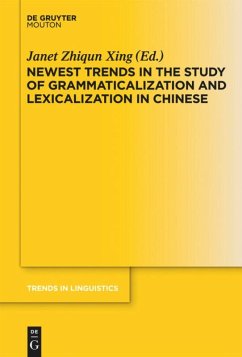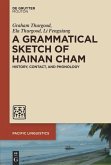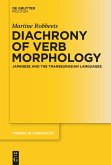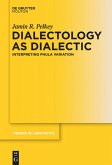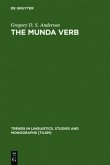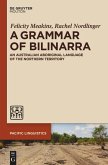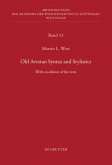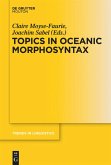Grammaticalization and lexicalization have been two major issues in the study of diachronic change in the past few decades. Drawing evidence from Western languages, researchers have uncovered a number of characteristics of the process of grammaticalization and lexicalization, as well as the relationship between the two. However, the question remains whether or not those characteristics are applicable to genetically unrelated and typologically different languages, such as Chinese.
The contributors of this volume attempt to answer just this question. Based on Chinese historical data from the past three thousand years, five articles in the volume investigate the development of a certain grammatical category: the definite article (M. Fang), modal verbs of volition (A. Peyraube and M. Li), the classifier class (J.Z. Xing), the repeater class (C. Zhang), and the process of lexicalization (X. Dong), while the remaining four articles are case studies of unique grammatical words which have all undergone a complicated process of grammaticalization and some involved lexicalization: the sentence particle ye (Q. Chen), the versatile directional verb lái (C. Liu), the degree adverb hen (M. Liu and C. Chang), and the giving verb gei (F. Tsao). All these studies have identified tendencies of diachronic change in Chinese and some of them have also revealed certain typological characteristics that Chinese has compared to other languages.
The contributors of this volume attempt to answer just this question. Based on Chinese historical data from the past three thousand years, five articles in the volume investigate the development of a certain grammatical category: the definite article (M. Fang), modal verbs of volition (A. Peyraube and M. Li), the classifier class (J.Z. Xing), the repeater class (C. Zhang), and the process of lexicalization (X. Dong), while the remaining four articles are case studies of unique grammatical words which have all undergone a complicated process of grammaticalization and some involved lexicalization: the sentence particle ye (Q. Chen), the versatile directional verb lái (C. Liu), the degree adverb hen (M. Liu and C. Chang), and the giving verb gei (F. Tsao). All these studies have identified tendencies of diachronic change in Chinese and some of them have also revealed certain typological characteristics that Chinese has compared to other languages.
"Nonetheless, all of the articles are important contributions to the corpus of
work on diachronic change in Chinese. They expand the understanding of Western scholars interested in the history of the Chinese language. The results of the studies are useful for cross-linguistic research in various domains, such
as aspectual typology, typology of poly-predicative constructions, modal
verbs, nominal classifiers, etc. They will also be very useful for teaching
the Chinese language and its theory and history, since it contains interesting
data on new tendencies in language use not yet reflected in textbooks and
normative grammars."
Ksenia V. Antonyan in: Linguist List 23.5311
work on diachronic change in Chinese. They expand the understanding of Western scholars interested in the history of the Chinese language. The results of the studies are useful for cross-linguistic research in various domains, such
as aspectual typology, typology of poly-predicative constructions, modal
verbs, nominal classifiers, etc. They will also be very useful for teaching
the Chinese language and its theory and history, since it contains interesting
data on new tendencies in language use not yet reflected in textbooks and
normative grammars."
Ksenia V. Antonyan in: Linguist List 23.5311

